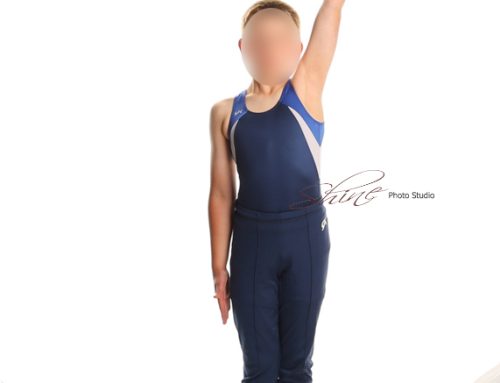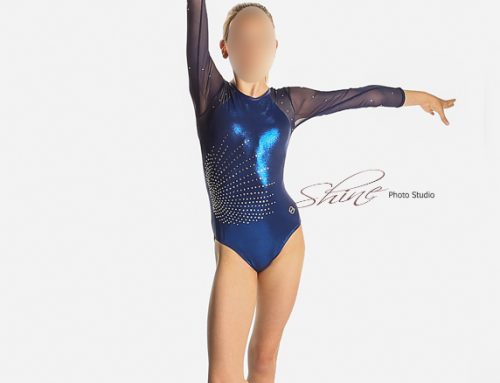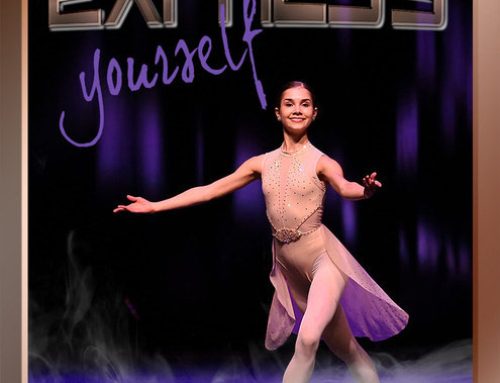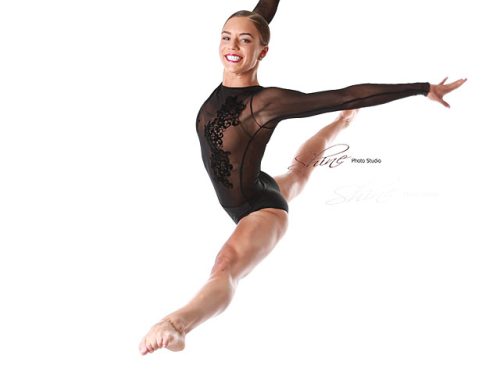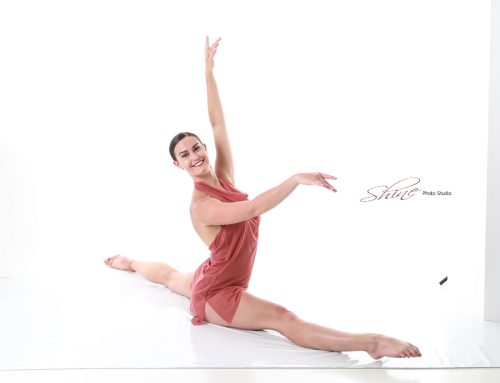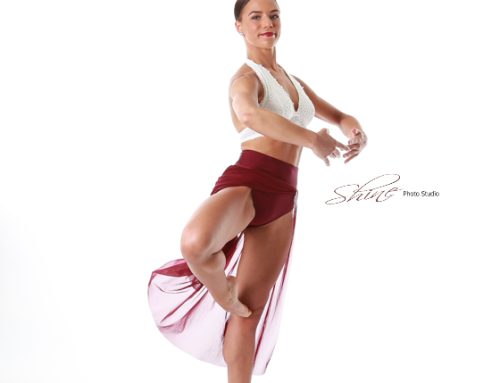Here’s a couple of terms you will hear a lot in the dance studio. The video below shows a series of fouettes followed by a double pirouette.
What’s the difference?
Pirouettes (peer -oo- ettes) are turns where the dancer keeps the pointed against the side, back or front of the knee. A pirouette is performed with a single push off the ground by the dancer, so the number of ‘turns’ will be limited by the amount of propulsion of that push. Priouettes should not travel across the floor, but rather, should remain in one place. The center of balance rises up from the toe and goes straight up through the top the dancer’s head. A leaning body would be incorrect. A leaning body would be incorrect. A high releve on the support leg shows good technique. The pointed toe on the free leg should be tight against the knee.
Fouettes, (foo-what-eh) meaning ‘to whip’ are turns where the dancer’s free leg is placed out to the front and then opens to the side, creating a ‘whip’ like action. Each individual turn has it’s own push from the floor by the dancer allowing for as many turns in a row as a dancer can perform without losing balance. Turns should not ‘travel’ across the floor, but should remain in one place. The center of balance rises up from the toe and goes straight up through the top the dancer’s head. A leaning body would be incorrect. A high releve on the support leg shows good technique. The free leg should be straight, with toe pointed.


